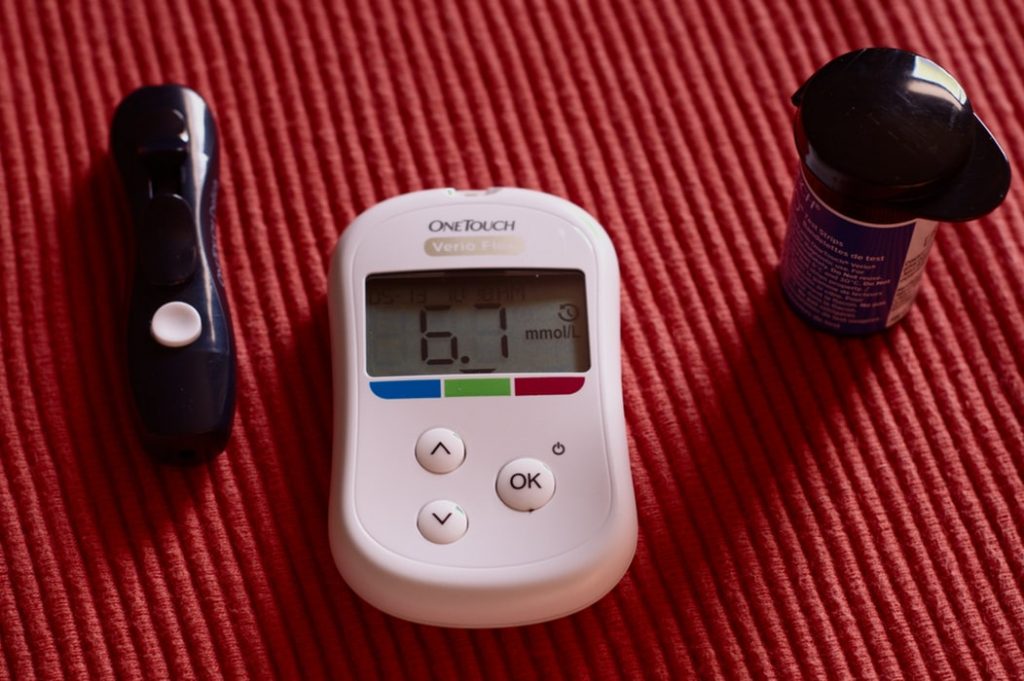Diabetes is a metabolic disease that is different, being the predominant type 1 diabetes and type 2 diabetes. Both can be diagnosed by a blood test, however, there are other signs by which the body notifies you of its presence: we show you the symptoms of diabetes.
The 4 “P” of diabetes
In the presence of diabetes in the body, that is, in the absence of insulin or resistance to the action of this hormone in the case of type 2 diabetes, we can experience the following symptoms often called the 4 “P” of diabetes:
Polyuria or increased urination
Before uncontrolled diabetes, that is, when we do not know the presence of this disease, there may be an increase in urine levels or an increase in urination also called polyuria.
Blood glucose levels are so high when diabetes is not controlled that glucose is eliminated by urine and the kidney compensates for the presence of this sugar by eliminating more water. This is how a very frequent and incipient symptom of diabetes is the increase in the number of times we should go to the bathroom to evacuate the vegija.
Polydipsia or increased thirst
The increase in urine due to the elimination of glucose in urine and with it more water is compensated by an increase in thirst called polydipsia that attempts to replace the fluids that are lost via the kidney due to hyperglycemia.
So, an exaggerated increase in thirst and the prevailing need to drink fluids at all times is another sign to consider and with which the body warns us that something is not right, but we can have diabetes.
Polyphagia or increased hunger
Given the development of diabetes, either because the body does not produce insulin in the case of type 1 diabetes or because it resists the action of this hormone in the case of type 2 diabetes, the cells fail to obtain glucose.
That is, insulin is the hormone that allows our body and each cell to obtain its energy source, as it allows glucose to enter them and their metabolism.
If the action of this hormone fails or is not present, hyperglycemia is caused because glucose remains circulating in the blood and cells that do not obtain their energy source send signals to our brain that it translates as hunger or appetite.
So, one more sign of uncontrolled diabetes is increased hunger or appetite, also called polyphagia.
Although it seems that it should not be so, in the face of controlled diabetes there is a great loss of weight because the glucose that is sugar and provides calories, is eliminated by urine.
On the other hand, as we explained before, the cells cannot take advantage of the glucose that enters the body through food because insulin does not act and therefore, they mainly use fat as an energy source, causing weight loss.
In many uncontrolled cases, ketone bodies or ketosis can even be produced due to the large fat burning that cells go-to for energy and this can lead to a very frequent diabetic ketoacidosis in those who suffer from type 1 diabetes without knowing it.
Other symptoms of diabetes
Faced with uncontrolled diabetes, the least obvious symptom but with which the disease is diagnosed is hyperglycemia. This, in turn, can manifest itself with signs easily identifiable by us such as blurred vision, nausea, drowsiness, fatigue, and even vomiting and abdominal pain or a fall in physical and intellectual performance in case there is already formation of ketone bodies.
A periodic check-up and being attentive to the manifestations of our body can help identify the presence of diabetes or even of prediabetes and thus, control or delay this disease that so many consequences can cause in our body if it is not detected in time.

